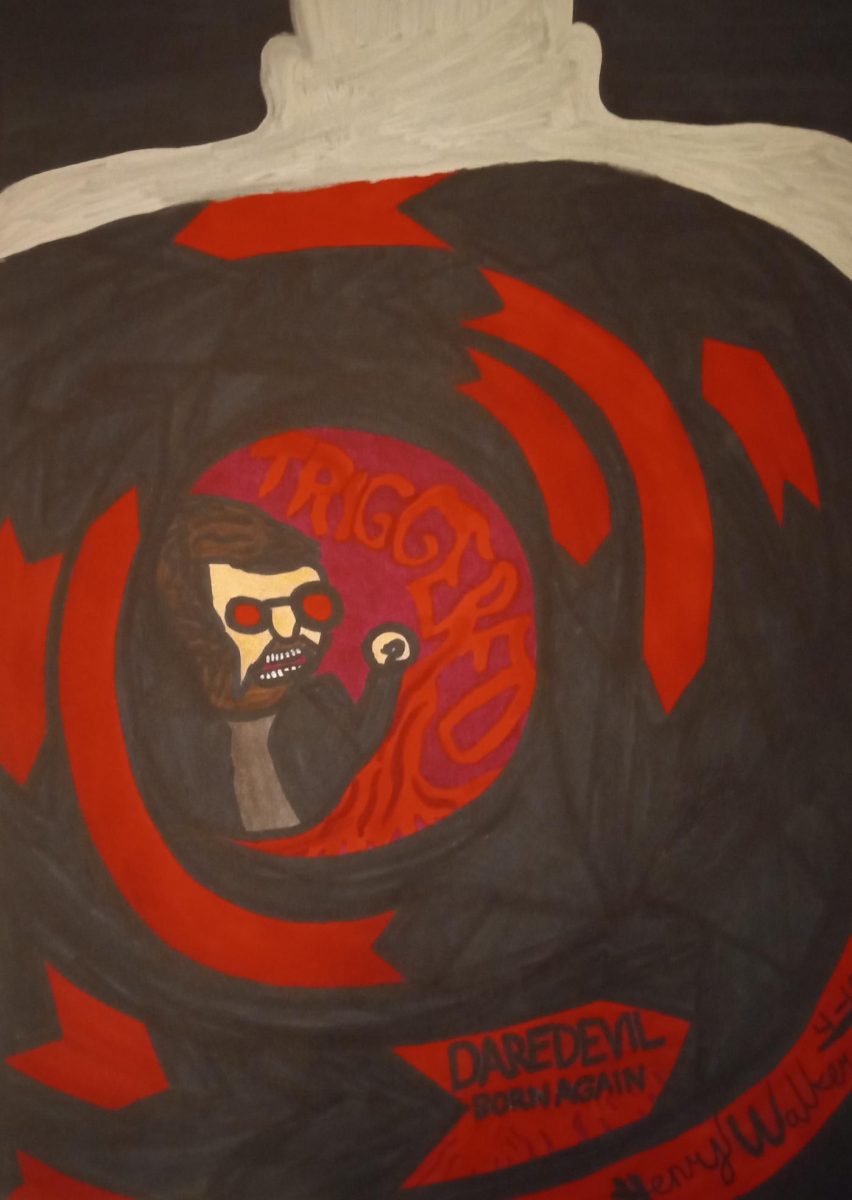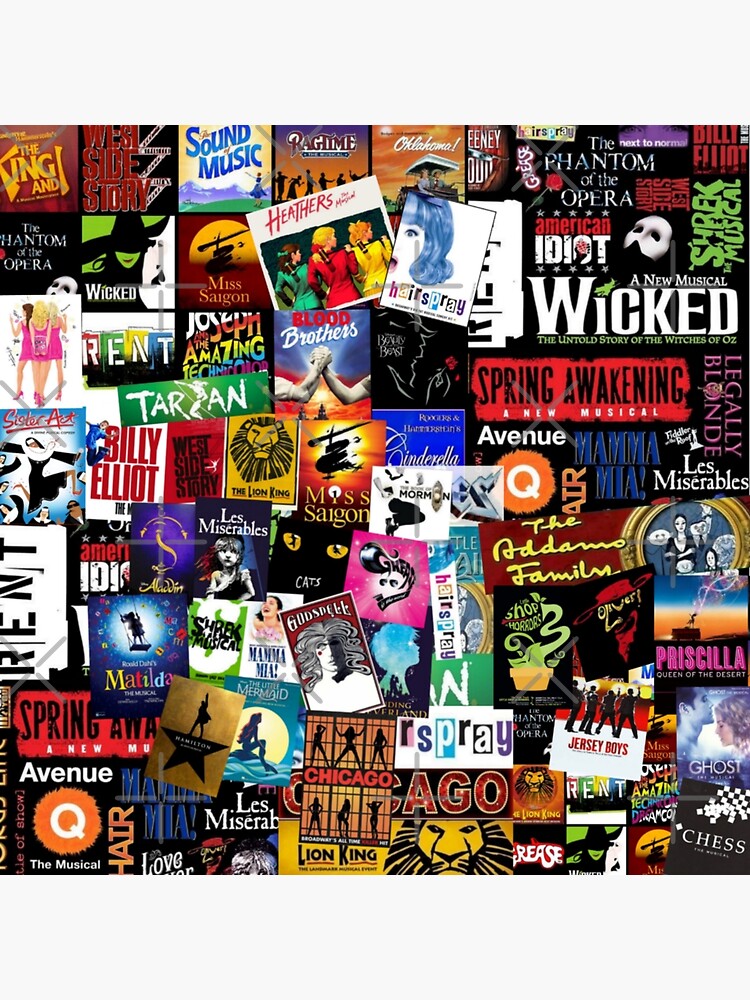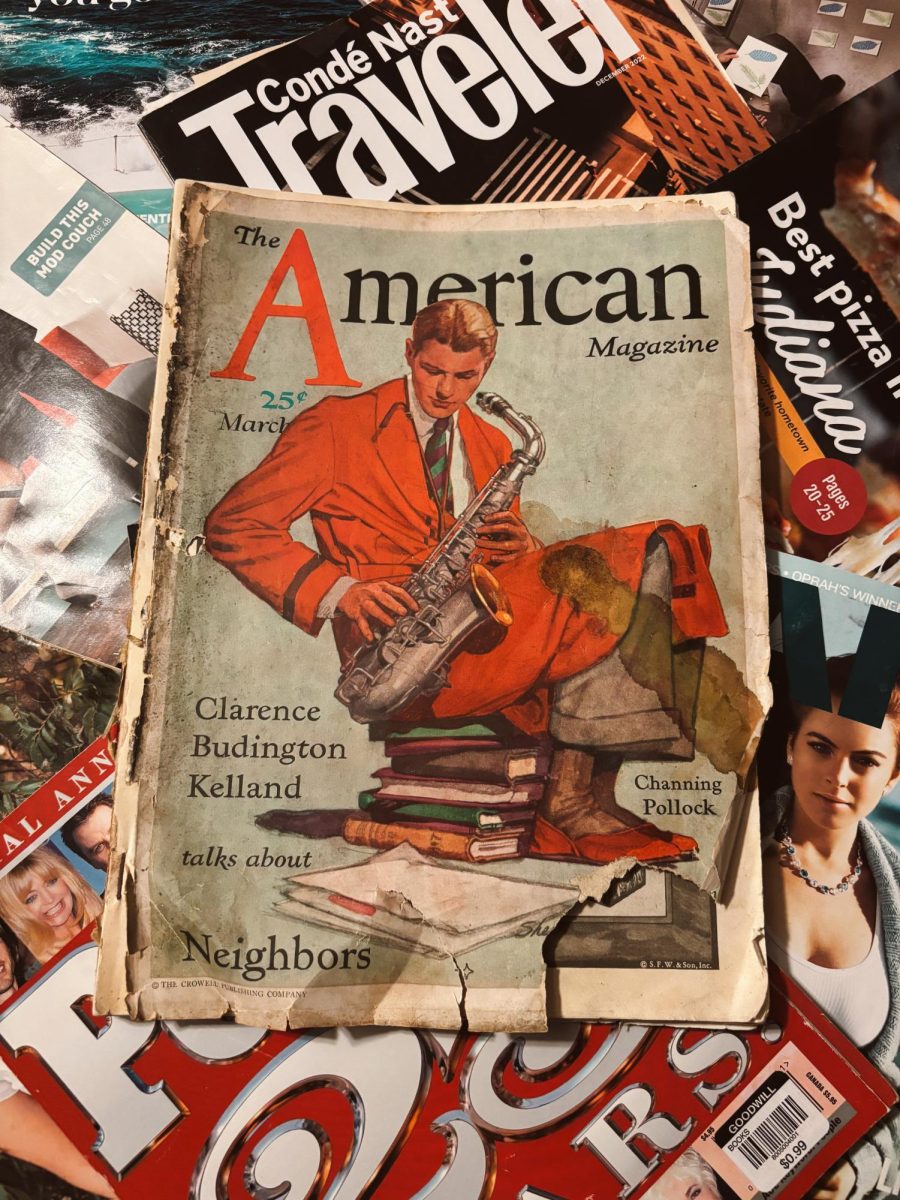In a world where the average person sees thousands of ads each day, it’s difficult to imagine a time when advertisements didn’t exist. Ads are used to promote businesses and products, highlight brands, and reach target audiences. They’ve existed for many decades, though they’ve changed drastically compared to how they started out.
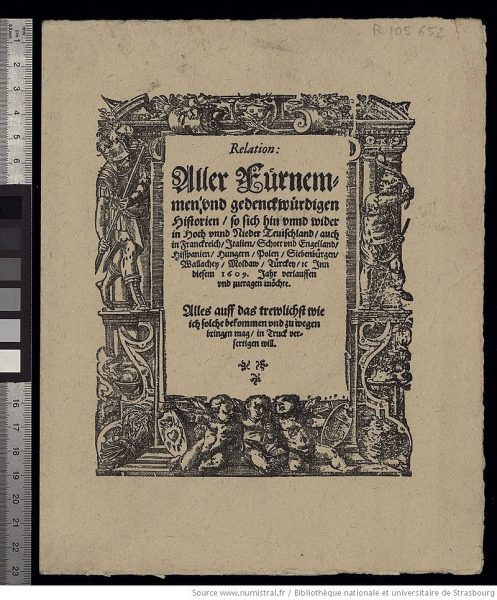
Advertising existed as early as the Paleolithic era, where people used symbols and petroglyphs carved on stone to communicate news and events. As time developed, Egyptians converted to using papyrus to create posters for events or celebrations. In 1605, Johann Carolus, a German stationer and printer in Strasbourg, published the first printed newspaper, “Relation aller Fürnemmen und gedenckwürdigen Historien.” The development of the newspaper not only impacted literacy, social structures, and education, but also embarked the beginning of modern journalism.
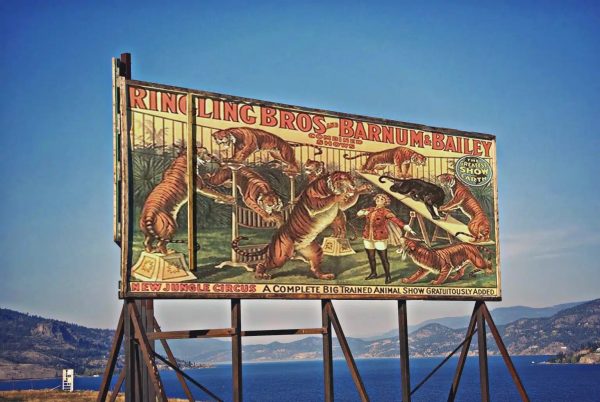
In 1835, billboards became a popular way of advertising. Billboards were first introduced by Jared Bell, who originally created large, vibrant posters to advertise circuses. During this time, all billboards were designed and painted by hand. Over the years, billboards have become favored for disseminating information extensively. They offer short, concise messages paired with an eye-catching design that attracts impulsive purchases and reaches broad audiences.
In the 17th and 18th century, newspapers and magazines became the most common way to commute information regarding advertising. These advertisements were primarily text based, while years later they began to incorporate attractive imagery. In 1741, Benjamin Franklin published the first monthly magazine with an advertisement. This publication lasted for six months.
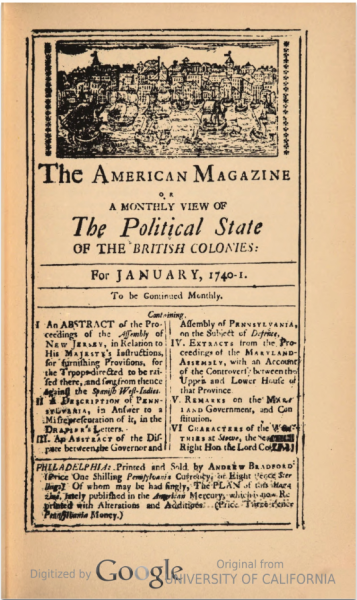
Advertising became a whole movement when it came to radio and television in the early 1900s. It felt personalized for viewers since it was speaking directly to those watching TV or listening to the radio. As it became more mainstream, TV viewers began to feel optimistic, despite the 50s being tense for America during the Cold War. They started opening their wallets more as prosperity began to rise again; a large part of this was due to a change in advertising tactics. They referred to this as the “Golden Age of Advertising.”
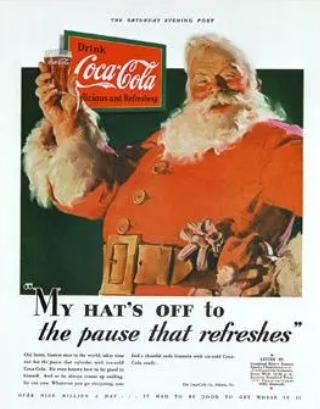
In 1931, Coca-Cola commissioned illustrator Haddon Sundblom to paint Santa for Christmas advertisements. Years later, this played a pivotal role in not only advertising, but in shaping the modern image of Santa Claus! Coca-Cola’s marketing of Santa Claus significantly benefited the brand by strengthening its association with the holiday season and creating a global brand image. The relationship between Coca-Cola and Santa Claus is a perfect example of how marketing can shape pop culture.
As the internet became more advanced, social media advertising began to take off in the mid-2000s, with Facebook launching its first ad in 2005. Since the 2000s, ads have become more targeted towards specific audiences. One of the significant advantages of social media over traditional marketing is the ability to gather and analyze consumer data in real time. This data provides insight into consumer behavior, preferences, and engagement, allowing businesses to refine their strategies and optimize their content.


















